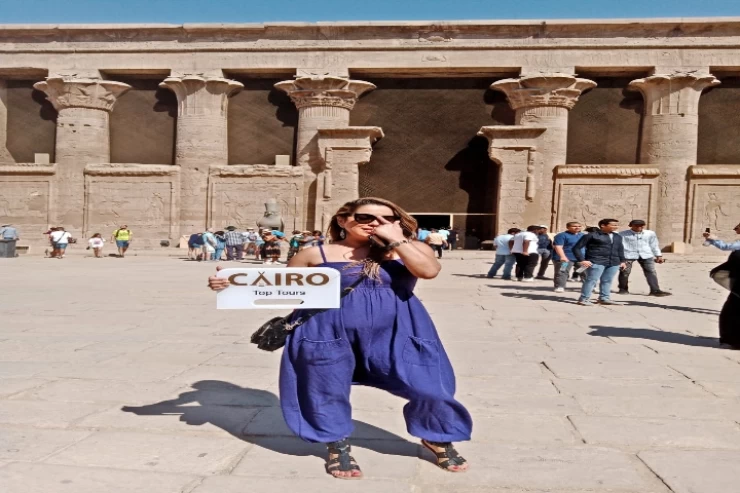
Ancient Egyptian medicine
Facts about Spices from Egypt
In an ancient Egyptian tomb, archaeologists have found a peculiar item – unearthing a mummified body of a 2000 years old girl, a wrapped up old injury was found. Using linen bandages to cover body parts and preserve the dead is not a new thing to the ancient Egyptians. In fact, the ancient Egyptians wrapped their deceased more than 6000 years ago about a millennium before the first pharaohs. However, to this date, Egyptology has uncovered no bandages that were utilized to cover imperfections of the ancient Egyptians while still living.
At that time, especially during the age of the ancient Egyptians, medicine was very well developed and even included such examples as performing simple operations, setting broken bones, or composing various medicines. Despite the fact that today ancient Egyptian medicine is regarded as mystical and full of incantations, scientific studies have demonstrated its efficacy in a number of instances, and the compatibility of 37% of ancient Egyptian medicament’s preparations with the formulas known from the British Pharmacopeia published in 1973, as in ancient Egyptian medical manuscripts there were particular steps for examination and diagnosis and treatment which were quite rational in many instances.
The ancient Egyptians’ comprehension of the structure of the human body can be traced to their mummification of the deceased in the quest of safeguarding the remains of the individuals. The physician was not only of significance to the Egyptians, but ancient Egyptian physicians were also well known beyond the Egyptian borders.
High priest, Imhotep, ancient Egyptian papyri records as the one credited with the beginning of medicine in Ancient Egypt. Also he is regarded as the one who devised hieroglyphic script, which ultimately led to the ancient Egyptians idolizing him during the end of pharaohs reigns as the ‘healing god’.
The heyday of medicine is pinpointed in the city of Alexandria during the Ptolemaic period. Alexandri became a hub of science, culture and medicine during the Ptolemaic period where a medical school was opened. It helped in the development of medical science and practices in Greece and therefore, Europe too.















